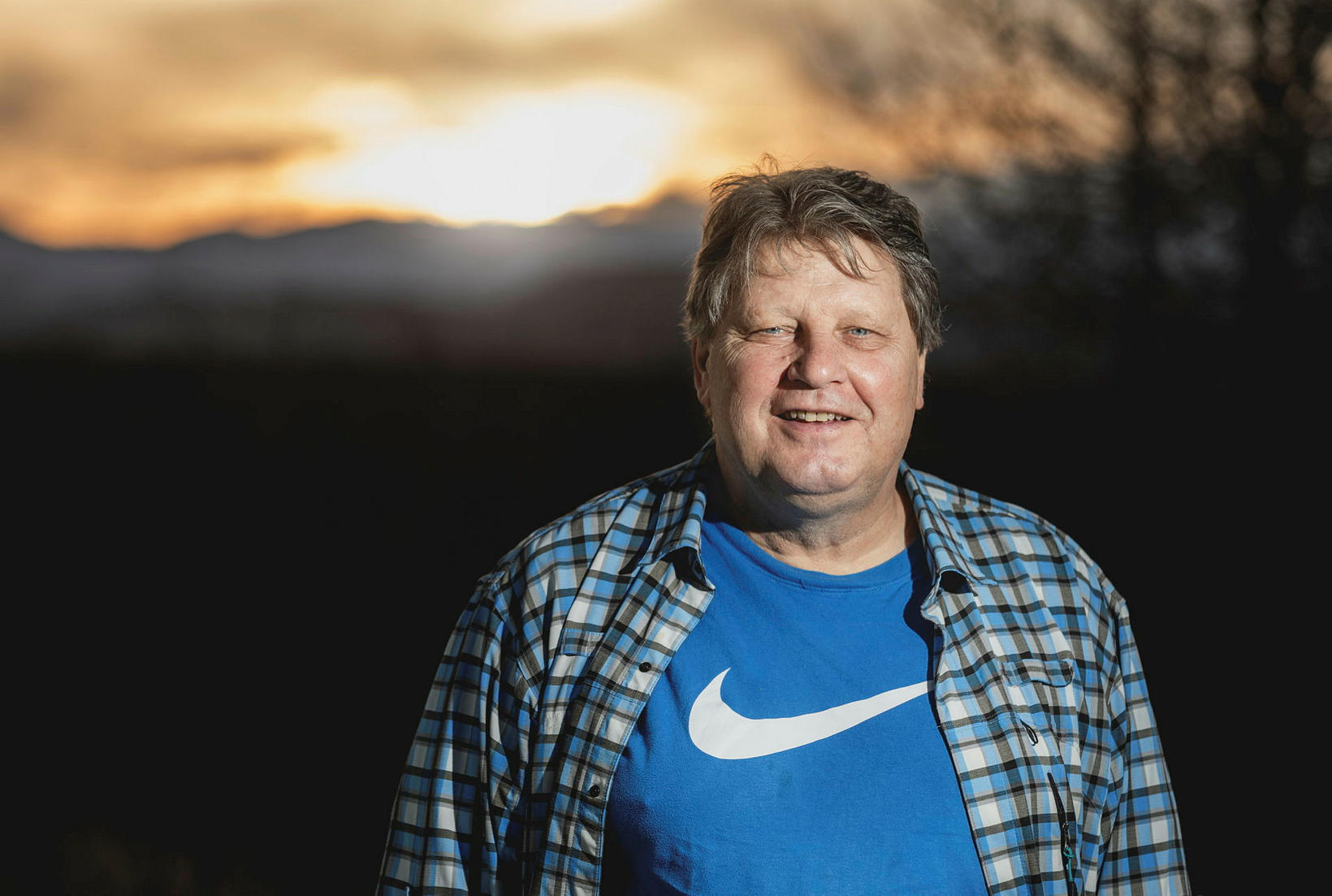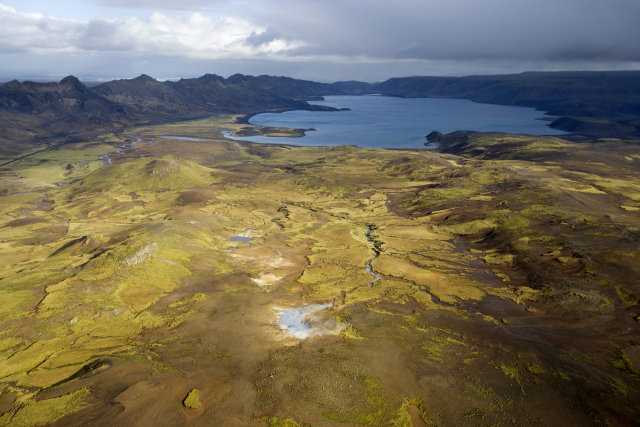Volcanic eruption possible near March 20
If an eruption occurs on the Reykjanes Peninsula, it is most likely to happen around March 20, according to volcanologist Þorvaldur Þórðarson. However, he emphasizes that predicting an eruption remains uncertain, and it is still possible that magma is accumulating west of Kleifarvatn Lake.
“At the moment, inflation at the Sundhnúkagígar crater row is slowing down,” Þórðarson told mbl.is , adding that this could indicate an imminent eruption. However, he cautioned that the chances are still “50/50.”
A Familiar Pattern
Þórðarson suggests that if an eruption does occur, it will likely follow the familiar pattern of past events.
“This would be a recurring theme, most likely beginning at Mt. Stóra-Skógfell before cracks extend in one or both directions. The eruption could last for several days or even weeks,” he explained.
Sundhnúkar Volcanoes Nearing Their End
Despite the Reykjanes Peninsula entering a prolonged volcanic period that could last 200-300 years, Þórðarson believes that eruptions in the Sundhnúkagígar crater row are nearing their conclusion.
“The Mt. Fagradalsfjall volcanoes were active for about two years before activity shifted to Sundhnúkagígar just over a year ago. These two eruptions have shown differences—for instance, we saw less inflation at Mt. Fagradalsfjall. Now, the current eruption cycle appears to be winding down, and I firmly expect that the Sundhnúkar volcanoes will finish their activity this year,” he said.
Signs of Magma Accumulation
While the next earthquake swarm could begin at any time, its exact location remains unknown. An earthquake swarm west of Kleifarvatn Lake last night suggests that magma may be accumulating in the area.
“There is now an earthquake swarm at Sveifluháls, west of Kleifarvatn Lake. The fact that these quakes are occurring five kilometers deep suggests magma is accumulating beneath. This could eventually lead to an eruption there, though whether that happens this year, in ten years, or in twenty is impossible to say,” Þórðarson explained.
However, he noted a silver lining for residents and businesses near Grindavík and the Blue Lagoon. “If volcanic activity shifts elsewhere, things will likely calm down in those areas, which is positive news,” he said.





/frimg/1/57/93/1579337.jpg)
/frimg/1/57/94/1579405.jpg)




